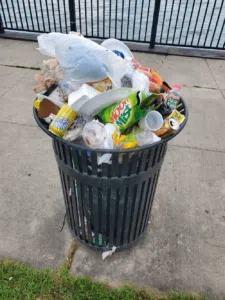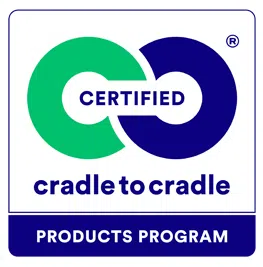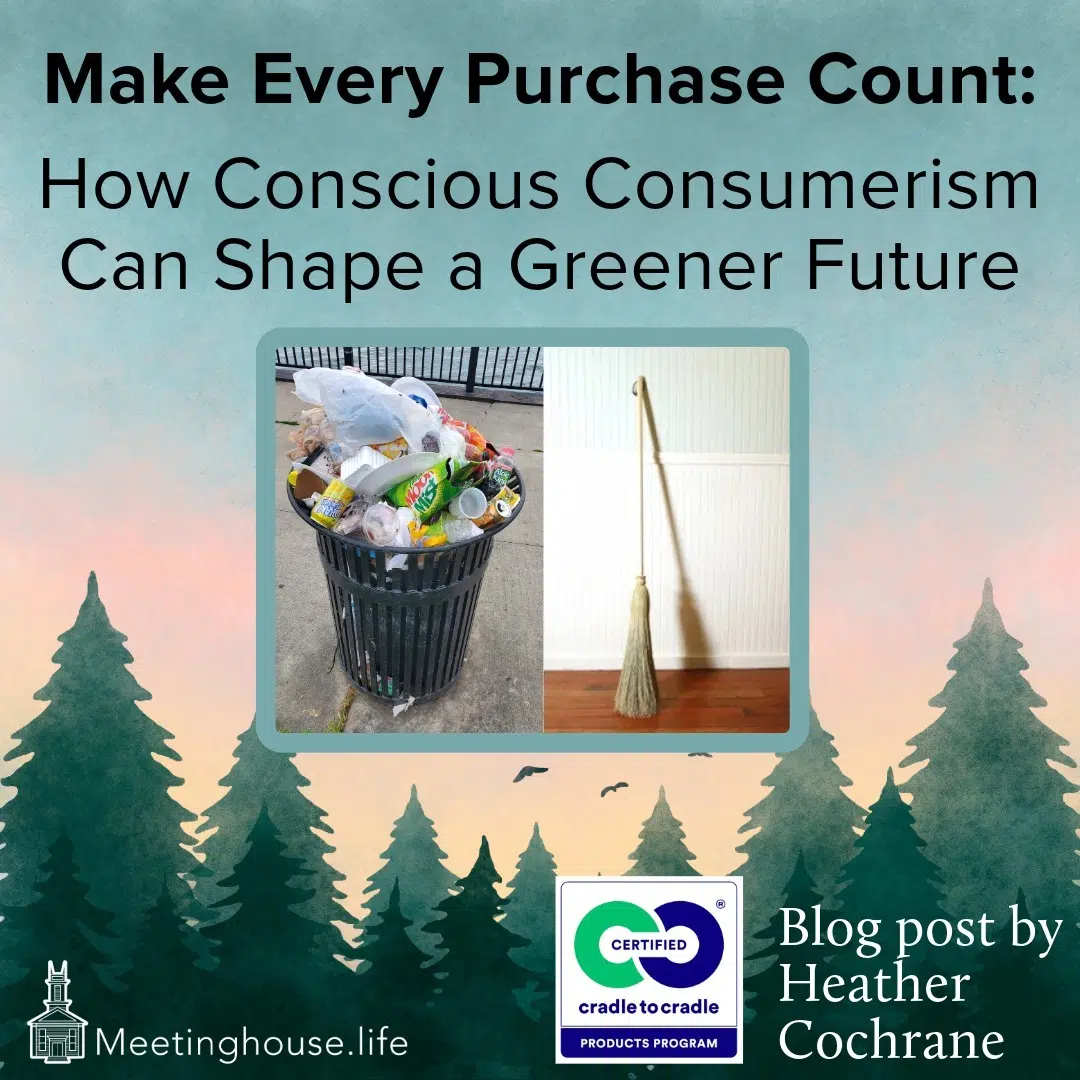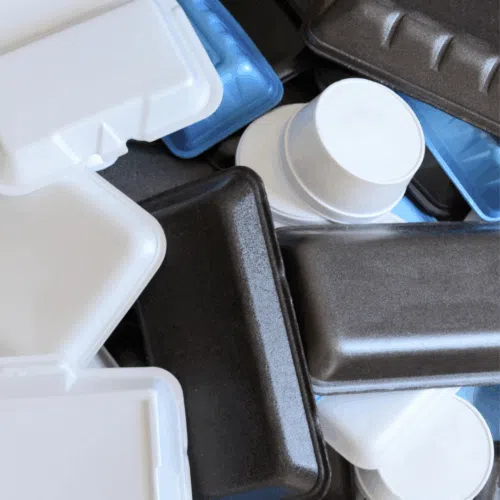Trash. How often do you think about your trash? Considering the nature of the topic, I would assume the answer would be “not often” or “never”, which is understandable. However, we all need to start thinking about trash.
It is estimated that each one of us produces 4.5 pounds of trash per day. We tend to get rid of things that don’t work anymore as well as things that we just do not want any longer. We are a disposable society.

This is where your trash goes
So, what happens to our trash? In our part of the state, the Housatonic Resources Recovery Authority (HRRA) is responsible for our trash, no matter if you have a service picking it up or take care of it yourself. Some of the trash gets sent to a waste-to-energy plant where it is burned and then turned into electricity. There are only four of these plants left in the state, and they are all getting to the point of aging out. The plants are also a problem as incineration destroys many materials that could be reused, and in addition, incineration is a source of carbon dioxide emissions. 40% of the state’s trash is sent to Pennsylvania and Ohio. Those states deal with it, but it is a case of when and not if they will stop taking our trash. A few towns in the state still have their own landfills, but those lead to greenhouse gas emissions, contamination of ground water, and vermin.
The state is looking for solutions, but we as citizens can do our part. This is a big enough topic that I will be devoting August’s and September’s articles to it in addition to this one.
Consumers and Package designers can make change
This month try to change your thought pattern and your shopping habits. Right now, much of what we purchase is designed in a way that is cradle-to-grave, meaning once it is created, there is no really good use for the item or its components once we are done with it. Designers and engineers need to create items that function cradle-to-cradle, meaning the item and its parts can be reused continuously or will naturally biodegrade.
What is Cradle to Cradle?
To illustrate this, think of the history of cleaning your floors. In colonial times it was done with a broom that had a wood handle, straw for the bristles and rope of some natural fiber to tie it all together. That was a cradle-to-cradle cleaning tool. It was completely biodegradable, and if any one part got worn out, it could easily be replaced. As technology progressed, the vacuum cleaner was invented. It was metal and could be repaired and recycled which allowed it to last almost forever. Fast forward, and now our vacuum cleaners are made of plastic and designed not to be repaired, just replaced, making them a cradle-to-grave item.

Things you can think about the next time you buy
As a consumer, think about what you are buying, and the packaging involved. Look for items with minimal packaging. Whatever you are buying, ask yourself: Can it be fixed? Can it be recycled? Can it biodegrade? Is it a cradle-to-cradle item? Ideally, the answer to each of those questions should be yes, but aim for products that meet as many of those questions as possible. True cradle-to-cradle products will have a logo as pictured. Never forget: the power of consumer spending can impact how companies do business.






